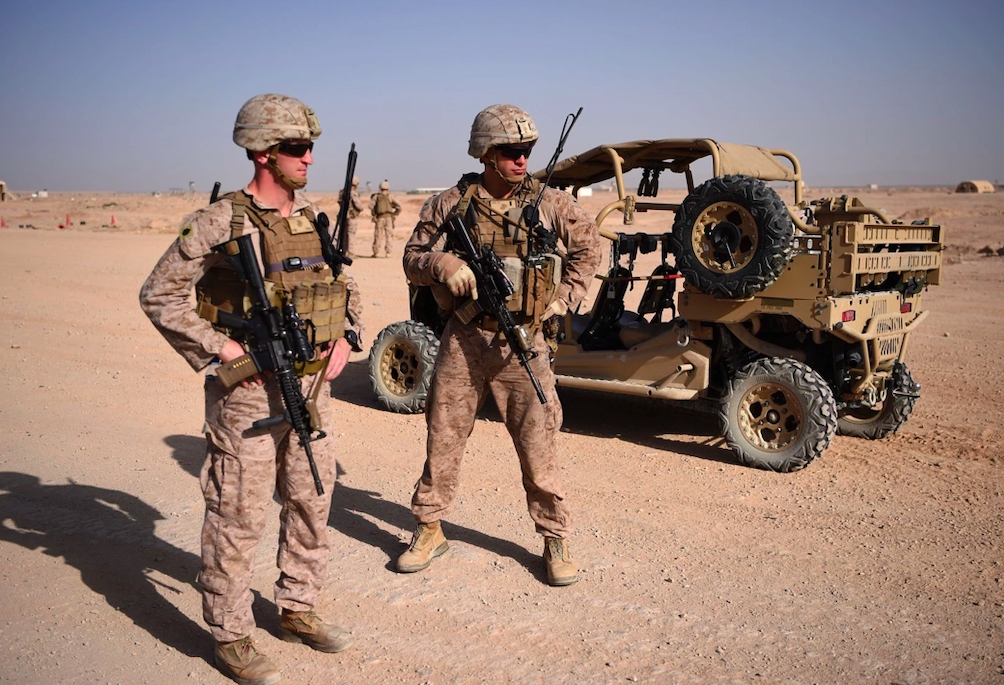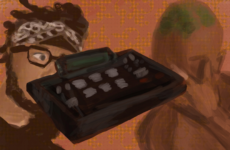
American counterintelligence is in a state of crisis: the New York Times recently reported on a leaked cable (a confidential text-based system) that indicated dozens of informants for the Central Intelligence Agency (CIA) — America’s only international intelligence program — were killed, arrested, or turned into double agents. This information paints a significantly different picture of the intelligence community than most would assume; it claims that in recent years, the Agency has been plagued by a number of issues, including depending on unreliable sources and paramilitary activities.
This comes at a time when U.S. relations with China and Russia are intensifying, heightening the need for trustworthy intelligence services. Texas A&M University Professor Jim Olson, the former CIA Chief of Counterintelligence, broke down a few declassified stories from his time at the CIA and outlined the challenges the Agency faces. Olson identified Chinese espionage as America’s biggest national security threat.
Mr. Olson’s solution to this issue is counterintelligence. He believes that the CIA isn’t investing enough resources in counterintelligence technology. Douglas London, a former CIA operative, offered similar views in his book The Recruiter: Spying and the Lost Art of American Intelligence. London agreed with Olson that the CIA mistepped in choosing to rely on paramilitary operations as opposed to more reliable sources, that a return to old-fashioned intelligence techniques — namely interpersonal control and handling of informants — will result in a more effective agency.
Ultimately, neither the cable nor the assesments by former agents can provide enough information to pinpoint a solution to the CIA’s issues. However, given the increasing threats from foreign intelligence agencies and the chilling aftermath of the war in Afghanistan following years of CIA paramilitary intervention, it is clear that the Agency must turn away from the policies it has employed over the last few decades.
However, the fate of the CIA rests more so on the Biden Administration than the Agency itself. Counterintelligence is ultimately a tool of the Executive Branch, and the Agency will adjust its actions and focus only if they align with Presidential orders. The Biden Administration’s public animosity towards the Russian and Chinese governments likely indicates that the CIA is already increasing the presence of intelligence in these nations. So, Paramilitary missions like those seen in Afghanistan could escalate very quickly to a full scale geopolitical conflict in these countries.
Now, the CIA is at a crossroads. It has the potential and the pressure to reshape its program to better suit American interests by hiking up counterintelligence. In order to better protect both the American government and American citizens, the Agency must turn away from paramilitary endeavors to protect civilians of other nations and return to more covert operations, specifically interpersonal handling, to avoid informants being killed or turned in. With the appropriate measures, the CIA can become a more moral and effective agency.




